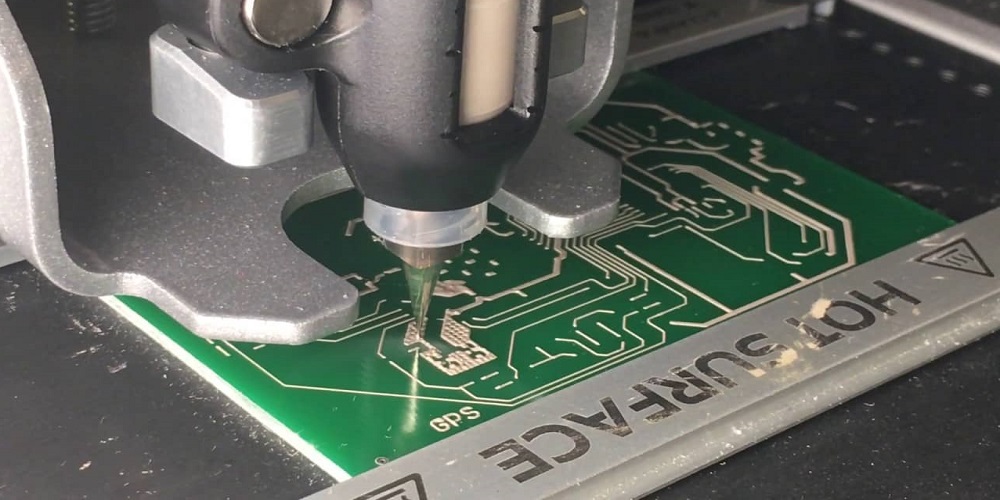Making a prototype is a crucial phase in creating electronic hardware products. Before moving on to large-scale production, designers and engineers can test and improve their creations. Your final product will be better if you can find design and production defects early on with a prototype. Many businesses turn to product prototype china services to create high-quality and cost-effective prototypes for their products, helping to streamline the product development process and get their products to market faster. The many types of prototypes and the stages involved in the prototyping process will all be covered in this article's thorough guide to developing your electronic hardware product.
Types of prototypes
It's crucial to comprehend the many kinds of prototypes available before beginning the prototyping process. Prototypes most often come in the following forms:
- Prototype for proving a concept: This is the simplest prototype used to check the idea and functionality of your electrical hardware product. It's more of a rough illustration of your design than a finished product.
- Prototype for form study: This prototype is used to check the shape and fit of your product. You can see how your product will seem and behave in actual use.
- Prototype for user experience (UX): This prototype is used to test your product's user interface and user experience. You may test how customers utilize your product and make any necessary improvements thanks to it.
- The functional prototype is the one that comes closest to the finished item. It's used to test your product's functionality and find any technical problems that must be fixed before moving on to production.
Steps in the prototyping process
- Concept development: The first step in the prototyping process is to develop your product concept. This involves identifying the problem your product solves and developing a design concept.
- Design: The next step is to create a detailed design of your electronic hardware product. This includes creating schematics, layouts, and 3D models.
- Prototype development: Once you have a detailed design, you can create a prototype. Depending on the type of prototype you need, you can use different prototyping methods such as 3D printing, CNC machining, or electronics assembly.
- Testing: After creating your prototype, it's essential to test it thoroughly. This includes testing your product's functionality, form, and user experience. Make any necessary adjustments and iterate until you're satisfied with the results.
- Manufacturing: Once you have a functional prototype, you can move on to the manufacturing stage. This involves scaling up production to create a final product.
Conclusion
Prototyping is an essential step in the electronic hardware product development process. By creating a prototype, you can identify design flaws and manufacturing issues early on and ultimately create a better final product. When prototyping your electronic hardware product, it's essential to understand the types of prototypes available and follow the steps involved in the process. By keeping it simple, testing often, and being open to feedback, you can create a high-quality prototype that helps you bring your product to market quickly and efficiently.


